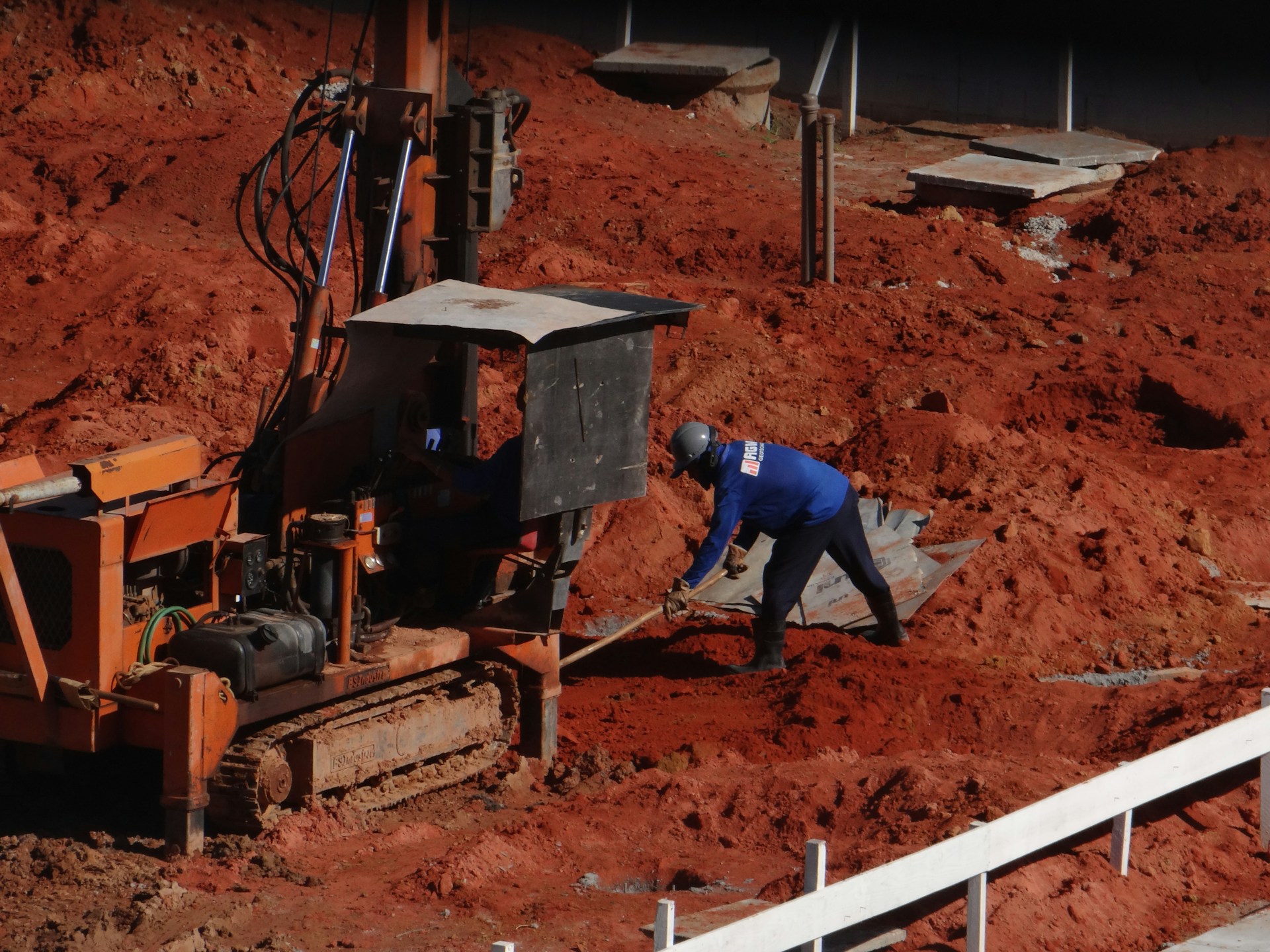When starting a construction project, laying the groundwork is more than just laying bricks and mortar—literally and figuratively. Many developers overlook the significance of soil testing, a crucial step that can make or break the success of a build. Understanding the ground beneath us ensures the stability and safety of the entire structure above. Soil testing acts as a protective measure, anticipating and highlighting potential problems before they occur. This proactive approach not only secures the project’s physical foundation but can also control financial stability by preventing unplanned costs.
So, how does early soil testing translate into real-world benefits? Imagine embarking on a journey without a map; not testing the soil is similar. Early soil testing serves as an important guide, offering insights into potential roadblocks before a shovel even hits the ground. It can reveal hidden surprises, like underground pockets that may cause turbulence down the road. Identifying and addressing these issues early leads to smoother sailing through the construction process. Ultimately, early soil testing offers a solid foundation to build a project successfully and economically without unexpected hiccups.
Understanding Soil Testing
Soil testing is the process of analyzing the physical and elemental properties of soil to determine its suitability for construction. It involves gathering samples from the site and examining them in a lab. The results offer invaluable insights into the soil’s composition, moisture content, density, and strength. This data helps in assessing how the soil will behave under construction loads, and whether any additional treatment or stabilization will be necessary.
Different types of soil tests focus on different aspects of the soil. Here are a few common methods:
– Compaction Test: Determines the soil’s density and how much it’ll compact under load.
– Moisture Content Test: Assesses how much water the soil holds, which impacts its stability.
– Atterberg Limits Test: Examines the soil’s plasticity level, crucial for understanding how it will behave when wet or dry.
Each soil type has its unique quirks. For example, clay tends to expand and contract with moisture, which might destabilize the foundation. Sand, on the other hand, drains well but has less cohesion. By performing thorough soil testing, developers can tailor construction methods to suit the ground they’re working with, ensuring a firm base for any project.
Financial Benefits of Early Soil Testing
Jumping straight into construction without knowing what’s below the surface can lead to costly surprises. Early soil testing acts like insurance for your budget. By highlighting potential issues early, this step allows you to adjust plans before they become major pitfalls. One example involves a developer who decided to invest in soil testing before beginning a large housing project. Tests revealed unstable clay that would have caused significant foundational issues. Armed with this knowledge, the developer could make necessary adjustments beforehand, which saved them from the burden of costly repairs and delays.
Soil testing is more cost-effective than dealing with issues that arise during or after construction. By catching potential problems upfront, you avoid unnecessary material costs, labor expenses, and delays that could blow up your budget. This forward-thinking approach is smart financially, as it provides peace of mind when planning your construction initiative.
Practical Benefits of Early Soil Testing
Early soil testing guides smarter planning and execution, which is important for smooth construction projects. It helps tailor building strategies to match the soil’s unique characteristics, which in turn minimizes risks and ensures stability. When surprises are minimized, projects can stay on course with time and expenses.
– Efficient Planning: Develop a clear action plan that avoids mid-project hassles.
– Time Management: Reduce preventable delays and keep construction on schedule.
– Project Success: Increase the chances of achieving a successful end result with fewer unexpected hurdles.
By implementing early soil testing, developers and builders can focus on delivering projects efficiently, confidently knowing they’ve addressed potential ground-related obstacles.
Early Soil Testing with ProChemical Soil Stabilization
Our approach to early soil testing involves examining the nuances of each project site to provide tailored solutions. We use a proprietary ionic solution that revolutionizes how we stabilize soil. By changing the clay’s polarity, water doesn’t bond to particles as easily, preventing soil swell and shrinkage. This method reduces project delays and the need for extensive material moving, letting you focus on what truly matters: building lasting, quality structures.
Ensuring Your Project’s Success
Understanding the ground not only protects your project from costly pitfalls but also enhances overall execution. It fosters an environment where every phase of construction can proceed smoothly. Considering early soil testing as part of your essential planning helps ensure that your projects start on the right foot and continue without unforeseen interruptions.
Set yourself up for success by making informed decisions about your soil conditions from the beginning. Stable foundations lead to sustainable structures that stand the test of time, keeping your construction efforts on track, on budget, and out of trouble.
By taking the time to address soil conditions upfront, you secure a better foundation for your projects. If you’re planning a development in Texas and want to ensure stability from the ground up, consider the benefits of soil stabilization in Texas. ProChemical Soil Stabilization is here to help you navigate these challenges, making the process smoother and more efficient.

